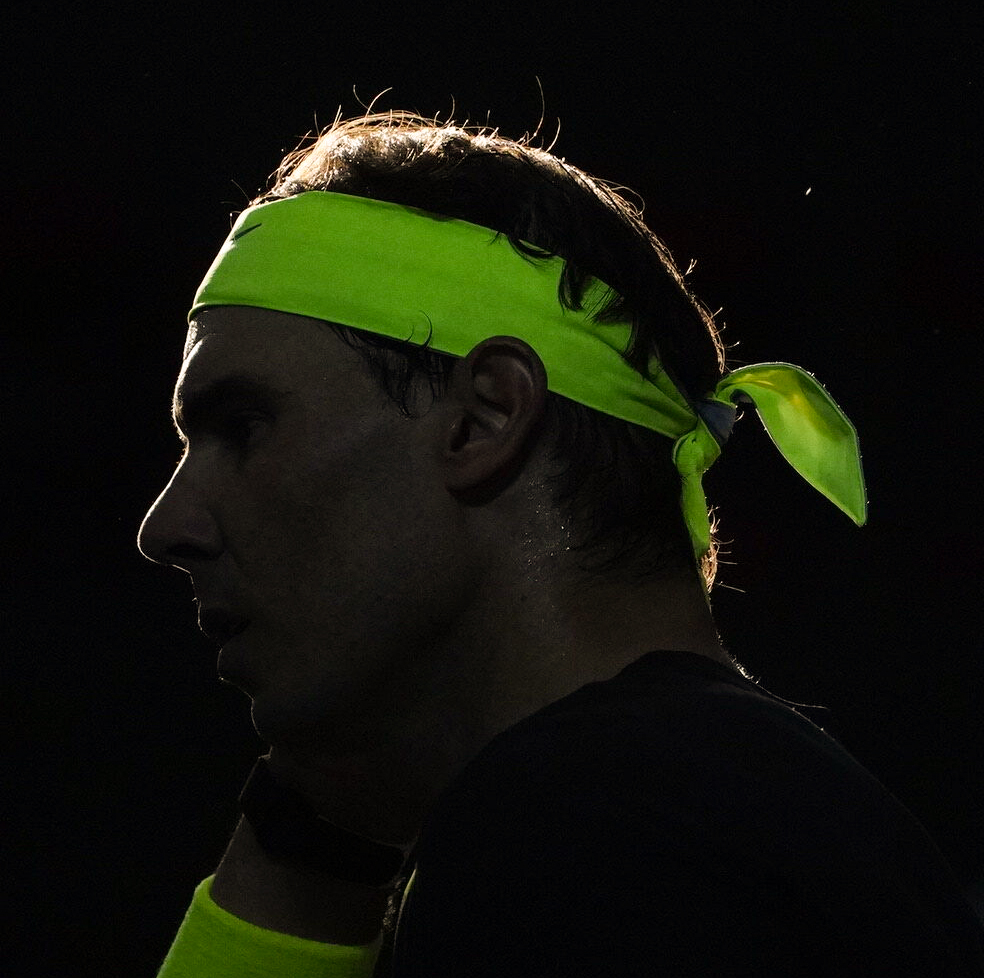Energy and a lot of money: Rafael Nadal doesn’t think like he did before

Share on:
Facebook
Twitter
LinkedIn
Tags:
Sebastián Varela
Clay’s general producer has covered the world of tennis for more than 12 years, with experience in Grand Slams, ATP tournaments, Olympic Games and Davis Cup.
RELATED CONTENT

Alcaraz’s striking optimism about Nadal’s condition: “Rafa is at his best!”
Sebastián Varela
26 July, 2024

Nadal may quit singles and concentrate on doubles due to physical problems in the Games
Sebastián Varela
25 July, 2024

Nadal and the acceleration of history
Sebastián Fest
25 July, 2024

Djokovic v. Nadal fever and the high cost of imitating Boris Becker: the curious tennis draw for Paris 2024
Sebastián Varela
25 July, 2024

Nadal and the art of rejuvenation thanks to Alcaraz and the Olympic atmosphere: “It’s like going back to the beginning”.
Sebastián Varela
24 July, 2024

Novak Djokovic won’t stay in Olympic Village at Paris Games
Sebastián Varela
24 July, 2024
